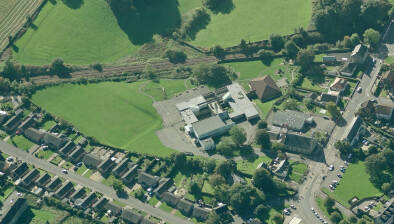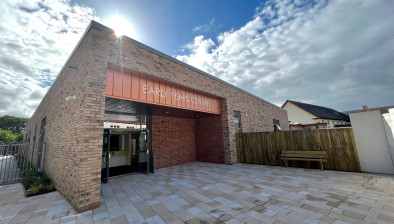Glasgow School of Art unveils designs for former Stow College revamp

The Glasgow School of Art (GSA) has unveiled details of its plans for the conversion of the former Stow College building.
GSA acquired the building in April 2016 and revealed plans for the development of studio and workshop space.
The design, by BDP architects, includes refurbishment of the five floors of the original 1930s building, replacement of the current rooftop extension (added in the 1960s) and glazing over the massive interior light wells to form two atria which will offer flexible spaces for exhibitions and events.

The refurbished ground floor will include a wide range of specialist workshops in spaces that had historically been used for technical education - including boilermaking, foundry work and vehicle building - alongside newly created studios.
The next four floors will offer fully flexible studio space for undergraduate and post-graduate fine art students, and academic offices.
The biggest change to the building will be the removal of the current top floor, which was added in the 1960s and is of much lower standard than the original 1930s building. It will be replaced with a new extension specifically designed to meet the needs of the Painting and Printmaking disciplines, with top-lit north-facing windows ensuring a substantial provision of wall space. The partial double height space allows for the inclusion of a mezzanine floor.
Exterior visualisations of the converted building showing the new copper clad top floor at year 1 (left) and year 20. Illustrative artwork at side of building courtesy of Ross Sinclair











